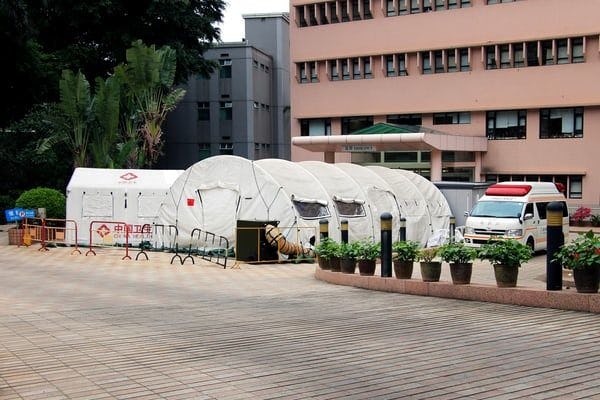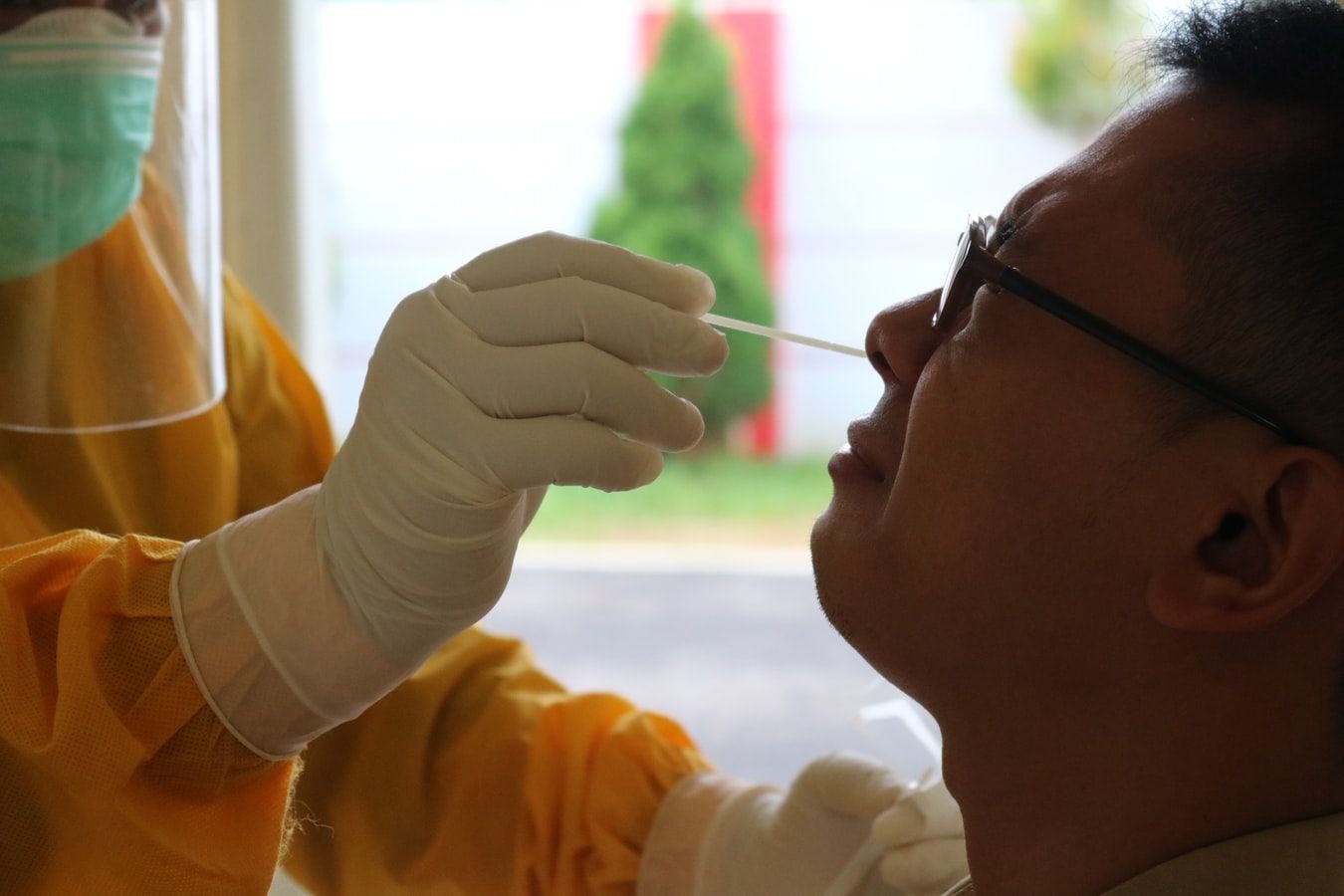After months of closed businesses and canceled events due to the COVID-19 pandemic, people are eager to return to normal life. New, rapid coronavirus tests that provide results in as little as 15 minutes could make many activities safe again. Although rapid tests aren’t as accurate as longer tests, there are many benefits to getting results quickly. The Trump administration has reached an agreement with the company Abbott Labs to manufacture 150 million rapid tests, which will be deployed to various places around the country starting this month. Rapid testing is already being utilized in some places like airports.
In this post, we will break down all the details of rapid testing. Here’s what we know about 15-minute coronavirus tests so far, including how they work, their potential issues and where they are being used already.
How are Rapid COVID-19 Tests Different than Other Coronavirus Tests?
The most common diagnostic test for COVID-19 is called a PCR test (polymerase chain reaction). PCR tests look for the genetic material of COVID-19 in a patient’s body. Usually, results from PCR tests take between 5 and 7 days in the US, although they can sometimes be even slower. PCR tests are the most accurate way to diagnose COVID-19, but they take a long time and can be expensive to manufacture and distribute.
Rapid COVID-19 tests are also known as antigen tests. Rather than searching for the virus’s DNA, antigen tests look for specific proteins known to be in the virus. Antigen tests are cheap to manufacture. They cost about $5 per test. Rapid tests take only about 15 minutes to produce results and are easy to use, but can sometimes produce false negatives.
How Can Rapid COVID-19 Testing Change Reopening?

The safest way to reopen gathering spaces like schools, churches, restaurants, airplanes and concerts is to ensure that everyone inside does not have COVID-19. But since PCR tests take up to a week, they can’t be used to ensure safe events. Antigen tests can be distributed to children at school, patrons at a restaurant, or travelers preparing to board a plane. Once everyone receives a negative result a few minutes later, they can enter.
Antigen tests also improve contact tracing and quarantine. Those who receive a positive result can immediately be asked to self-isolate rather than waiting days for their results and possibly infecting others in the process.
What Issues Are There With Rapid COVID-19 Tests?
Rapid/antigen COVID tests are convenient and painless. But they aren’t perfect. Antigen tests are far less accurate and have been known to produce false negative results (they do not produce false positives).
Some countries that require a negative COVID test to enter don’t accept antigen tests, because they aren’t a complete guarantee that a person does not have COVID-19. It’s possible that as researchers continue to develop solutions for the COVID-19 pandemic, antigen tests will become more accurate.
Where Are Rapid COVID-19 Tests Already Being Used?
Antigen tests are already being piloted all over the U.S. San Francisco Airport is rapid testing staff when they arrive for work. The PAC-12 football teams are planning to begin daily rapid testing at the end of this month. Rapid tests are also available in some doctors’ offices, nursing homes, and emergency rooms in various states including California, Maryland, Alabama and Louisiana.
The 150 million tests ordered by the Trump administration will be distributed around the country to high-priority locations like emergency rooms and schools, and the administration plans on increasing capacity even further once this round of tests are distributed.
Testing of all kinds is increasing throughout the US, and hopefully, antigen tests will become broadly available at testing centers in the next few months.You can research the testing facilities near you to see whether you can get a rapid test. To find testing centers, check out this interactive map.

Conclusion: Even Without Complete Accuracy, Increasing Rapid COVID-19 Tests is Good News
Even though they are not completely accurate, antigen tests are a key tool to reopening the U.S. economy and returning to normal life. The cheap, quick tests are the easiest way to ensure a safe reopening, alongside social distancing and mask protocols. As antigen tests continue to be distributed around the U.S, we will keep you updated on where you can get tested.
Related Articles to Read
📌 When will Europe open up to US Passport holders?
📌 We may be headed for a double dip Recession. Here's what it is and how to prepare


